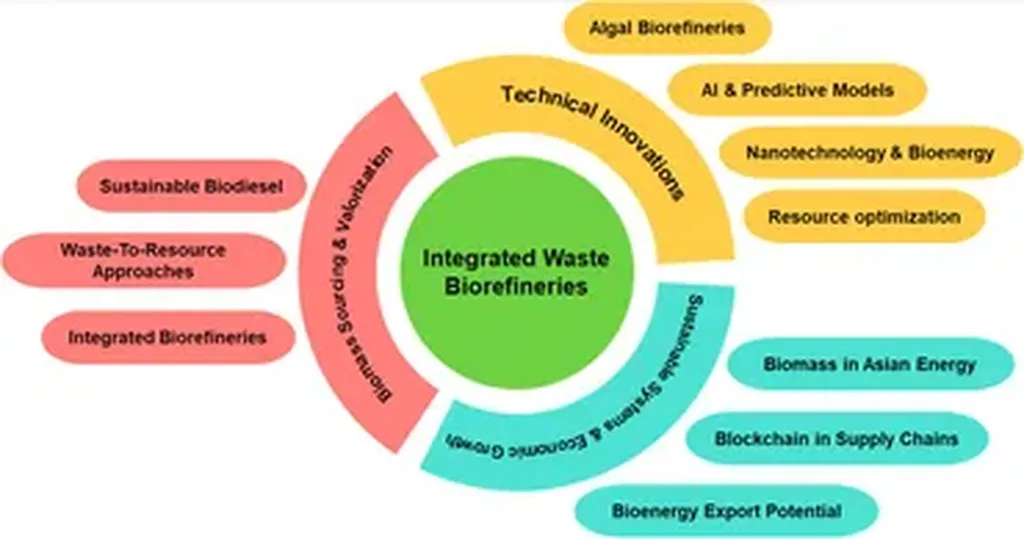In the rapidly evolving world of bioinformatics, researchers are continually seeking innovative methods to integrate and analyze complex biological data. Audrey Pei-Hsuan Chen, a researcher at the University of California, Berkeley, has recently developed a novel framework called MoRE (Multi-Omics Representation Embedding) that leverages pre-trained transformers to align heterogeneous biological assays into a shared latent space. This advancement could have significant implications for the energy industry, particularly in areas such as bioenergy and bioprocessing.
The energy sector is increasingly turning to biological systems for sustainable solutions, from biofuels to bioprocessing for energy storage. However, the integration and analysis of multi-omics data—data from different biological assays such as genomics, transcriptomics, and proteomics—remain challenging due to extreme dimensionality, modality heterogeneity, and cohort-specific batch effects. These challenges can hinder the development of efficient and sustainable energy solutions.
MoRE addresses these issues by repurposing frozen pre-trained transformers, which have shown broad generalization capabilities in biological sequence modeling. Unlike purely generative approaches, MoRE employs a parameter-efficient fine-tuning (PEFT) strategy. This strategy prioritizes cross-sample and cross-modality alignment over simple sequence reconstruction. MoRE attaches lightweight, modality-specific adapters and a task-adaptive fusion layer to the frozen backbone. It optimizes a masked modeling objective jointly with supervised contrastive and batch-invariant alignment losses, yielding structure-preserving embeddings that generalize across unseen cell types and platforms.
The researchers benchmarked MoRE against established baselines, including scGPT, scVI, and Harmony with Scrublet, evaluating integration fidelity, rare population detection, and modality transfer. The results demonstrated that MoRE achieves competitive batch robustness and biological conservation while significantly reducing trainable parameters compared to fully fine-tuned models. This positions MoRE as a practical step toward general-purpose omics foundation models.
For the energy industry, the practical applications of MoRE could be substantial. By enabling more efficient and accurate integration of multi-omics data, MoRE could accelerate the development of biofuels, improve bioprocessing for energy storage, and enhance the overall sustainability of energy solutions. The framework’s ability to generalize across unseen cell types and platforms could also facilitate the discovery of new biological pathways and mechanisms relevant to energy production and storage.
The research was published in the journal Nature Communications, a reputable source for cutting-edge scientific research. As the energy sector continues to explore biological systems for sustainable solutions, advancements like MoRE could play a crucial role in overcoming the challenges associated with multi-omics data integration and analysis.
This article is based on research available at arXiv.

